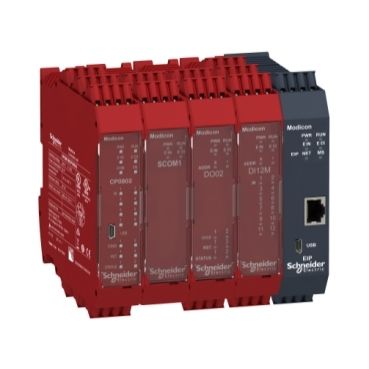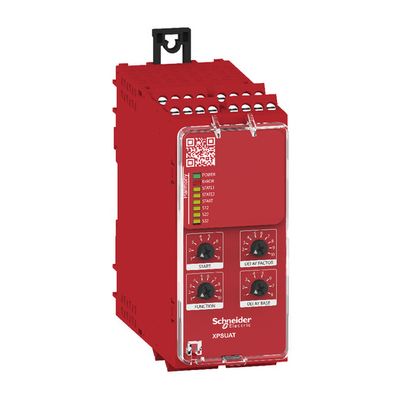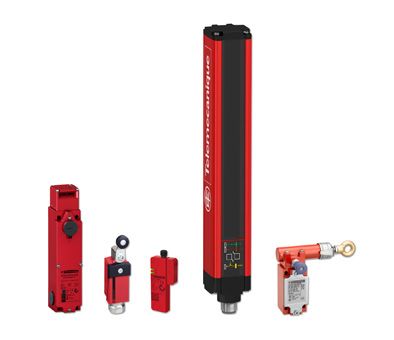Get in touch
enquiry@pcpelectric.sg
0
Machine safety
Data acquisition involves gathering and analyzing information from various sources, including protective guard devices such as light curtains, switches, and emergency stops. Here's how these components contribute to data acquisition in industrial settings:
- Protective Guard Devices: These devices, like safety gates and fences, control access to specific areas with reduced risk. By monitoring access points, they help ensure that only authorized personnel enter hazardous areas. Data acquisition systems can collect information from these devices to track access events and ensure compliance with safety regulations.
- Light Curtains: Light curtains are used to detect the approach of individuals or objects to dangerous or restricted areas, such as machinery in operation. They emit beams of light across an area, and if the beam is interrupted, it triggers an alert or safety mechanism. Data acquisition systems can capture information from light curtains to monitor proximity to hazardous zones and trigger appropriate safety responses.
- Switches for Starting and Enabling: Switches, including push-buttons and key-operated switches, are often used to start or enable dangerous movements, such as the operation of machinery or equipment. Data acquisition systems can record when these switches are activated, providing insights into operational activity and helping ensure that safety protocols are followed.
- Emergency Stop Systems: Emergency stop buttons or switches are critical safety devices that immediately halt machinery or equipment in emergency situations. When pressed, they trigger a rapid shutdown to prevent accidents or injuries. Data acquisition systems can capture information from emergency stops, logging the occurrence of emergency events and aiding in post-incident analysis and reporting.
In summary, data acquisition in industrial environments involves collecting and analyzing information from various safety devices and systems, including protective guard devices, light curtains, switches, and emergency stops. By monitoring and recording data from these sources, organizations can enhance safety, improve operational efficiency, and ensure compliance with regulatory requirements.
Display prices in:
SGD





